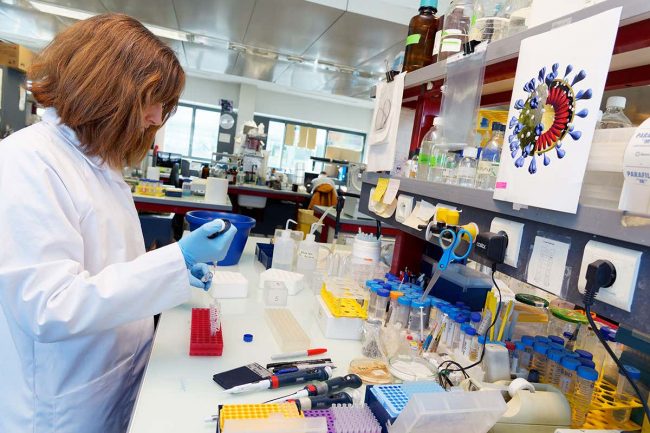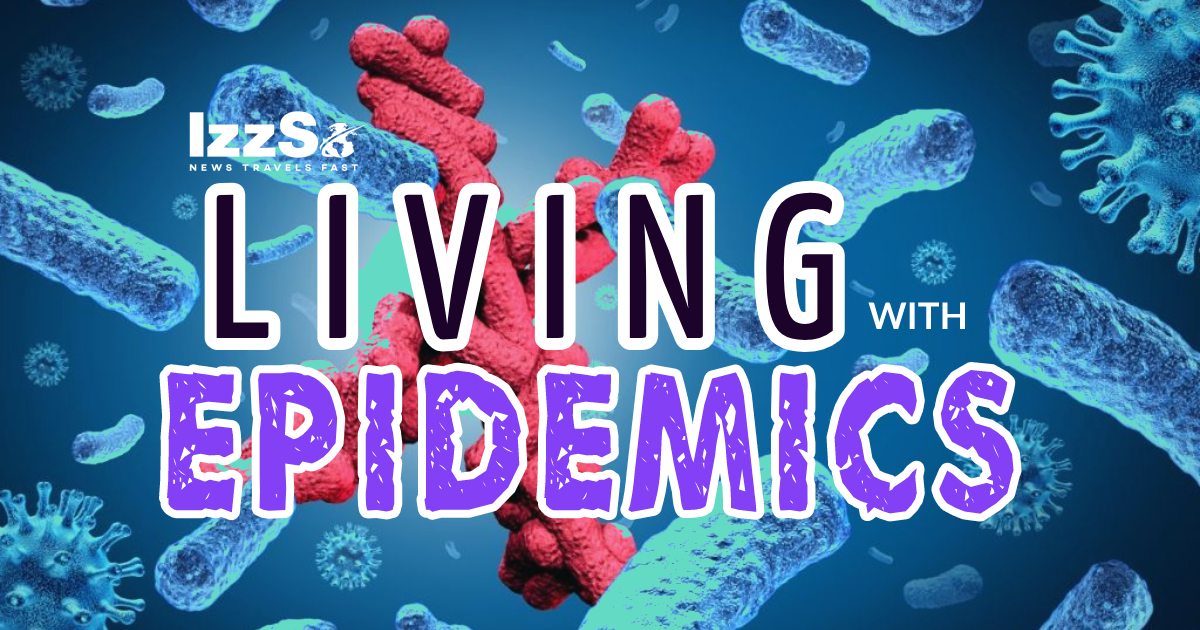As we continue our journey into epidemics and the way in which we as human beings are going to have to rearrange the way in which we do things going forward, izzso noticed two reoccurring questiosn on many international health sites… what if the Coronavirus/Covid19 morphed into something worse, in light of this new, faster variant? And..what if there is something else lurking out there?
This in turn has raised the question in our minds..Are we ready and able to detect yet another outbreak fast enough to curb the spread?
Covid has made a serious impact on travel and trade and in most cases led to public reaction that includes anxiety, or even panic and confusion, and this is aided and abetted by media coverage.
The continuing scientific uncertainty around disease emergence requires even more collaboration and global awareness than has previously existed, not least to improve early detection.
Recent outbreaks, however, show how difficult this can be, even with good public health surveillance systems. Early recognition of emergence typically starts with clinicians who can detect unusual clusters of severe cases, take samples to allow laboratory diagnostics and alert surveillance units.

Often, according to a report by the World Health Organisation (WHO) poorer communities around the world, especially those in remote areas, lack easy access to care.
This has major implications when an infectious threat occurs. The Ebola outbreak in West Africa remained undiagnosed for more than two months. This time lag allowed the virus to spread unseen, and to reach capital cities where the outbreaks grew into large epidemics. In such circumstances, it is essential to raise clinicians’ awareness and provide them with the relevant knowledge and diagnostic tools to enable them to perform effectively as detectors and first-line responders.
When China first started dealing with Coronavirus in December 2019 many did not take it seriously until the spread started in February 2020.
Another indispensable element of increasing health security is preparedness. This should be flexible enough to adapt to any novel agent, but should be directed primarily at known pathogens because some of them are likely to behave differently than previously.
The recent plague outbreak in Madagascar, described earlier, is a good example of known diseases with new patterns.
In addition, the fear generated by the emergence of a previously-unknown infection may be
greatly out of proportion to its real public health impact. Fear often generates inadequate decisions or inappropriate behaviours, including stigma of certain at-risk populations. The impact on travel and trade and on economies can be disproportionate, as it has been seen in the Republic of Korea during the MERS epidemic. To a certain extent, global health security also encompasses economic and human security. Thus, risk communication is critical to minimise the social, political and subsequently economic impact of an epidemic, and this is also a major focus of this publication.
Epidemics are sparked either by the re-emergence of pathogens that have been familiar for a long time,but now threaten new, immunologically vulnerable populations, or are newly-emerging ones. They come in a daunting array of species of bacteria, viruses, fungi and parasites. Some are borne in contaminated water or food; others are carried in the air we breathe and by human touch.
70% of emerging human pathogens come from animals. This is a burgeoning threat, because animals are intensively farmed, transported for trade and kept in close contact with other species and humans in market places.
Early detection often relies on close collaboration between the animal health and wildlife sectors (the “One Health” approach); otherwise early signals of emergence in animals or the environment are often missed. This collaborative approach, another pivotal element of global health security, can also contain outbreaks at an early stage by reducing animal-to-human transmission.
Because these diseases are rare and outbreaks are generally contained quickly, these epidemics have not been a priority among the research community or manufacturers in the
development of medical countermeasures.
Nevertheless, more research is needed to identify precisely the modes of transmission and medical countermeasures.
Today’s harsh reality is that there is as yet no vaccine or treatment for most emerging diseases. This is not as hopeless as it might seem at first. WHO has developed a Research & Development (R&D) Blueprint for action to prevent epidemics: it is a global strategy and preparedness plan that allows the rapid activation of R&D activities during epidemics.
Its aim is to fast-track the availability of effective tests, vaccines and medicines that can be used to save lives and avert large scale crisis.
However, public health interventions have to rely primarily on social-distancing measures
to reduce human transmission, and on controlling the source of infection (for instance
by culling of infected animals/elimination of the reservoir). Thus, to prevent the spread of
emerging diseases, it is vitally important to ensure early detection of a new pathogen and
the start of human-to-human transmission. Enhanced international information and virus sharing among laboratories is being actively encouraged and pursued. This is necessary
to enable research and development of countermeasures.
The results of this sharing are potentially life-saving interventions (vaccines, diagnostics and therapeutics). But they also need to be underpinned by specific mechanisms to ensure they become widely available and accessible on an equitable basis.


COMMENTS